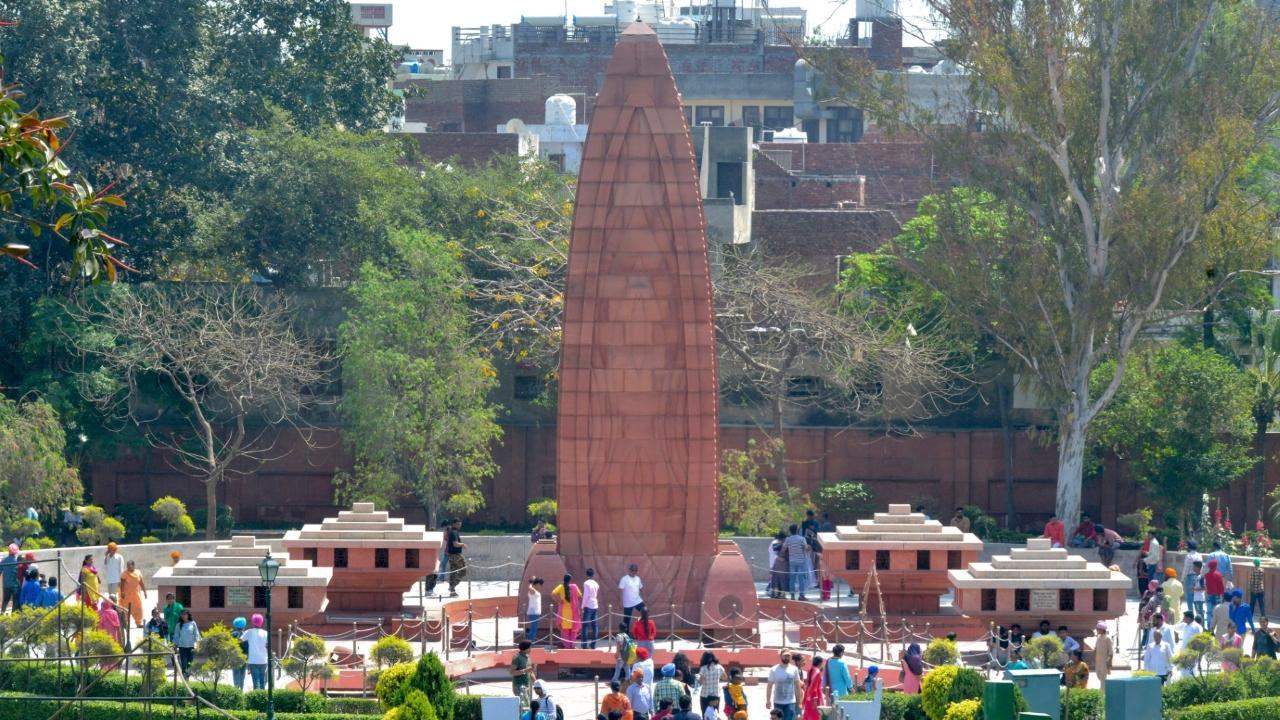Home / News / India News / Article /
"We deeply regret what happened and the suffering caused"
Updated On: 12 April, 2023 07:23 PM IST | Mumbai | AFP
In 1997, Queen Elizabeth II laid a wreath at the site but her gaffe-prone husband Prince Philip stole the headlines by reportedly saying that Indian estimates for the death count were "vastly exaggerated"

Indian visitors gather near the Jallianwala Bagh Martyrs` Memorial Pic/AFP
Queen Elizabeth II, who died aged 96 last year, was the first British monarch to accede to the throne after India`s Independence from colonial rule in 1952.
Queen Elizabeth visited India three times during her reign. Her final tour in 1997, coinciding with the 50th anniversary of Indian independence, was tainted by rancour. Hours before she landed in New Delhi, police used water cannon to disperse a demonstration against her visit outside the British High Commission.




